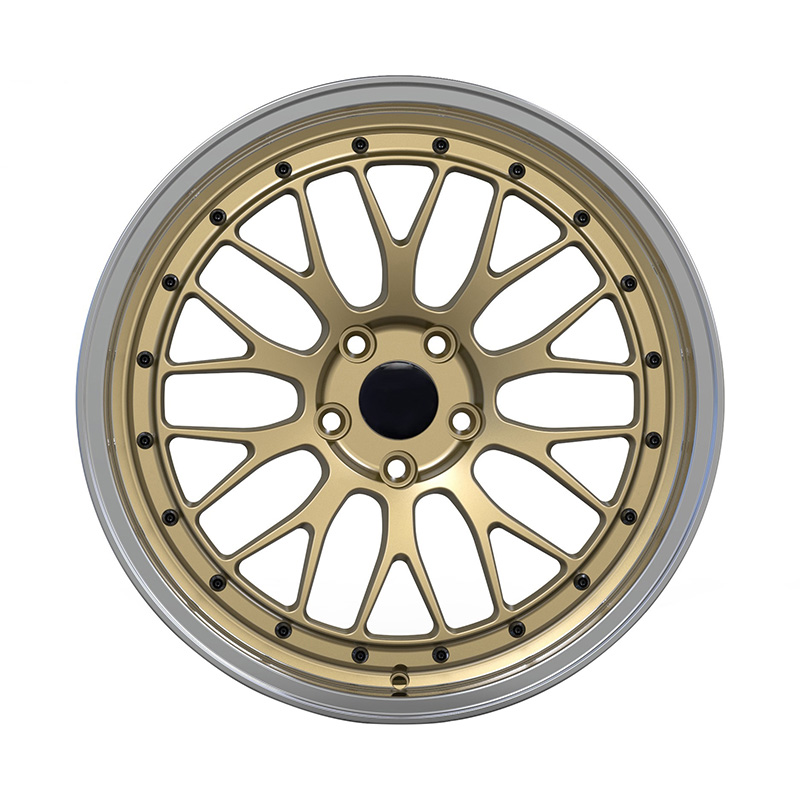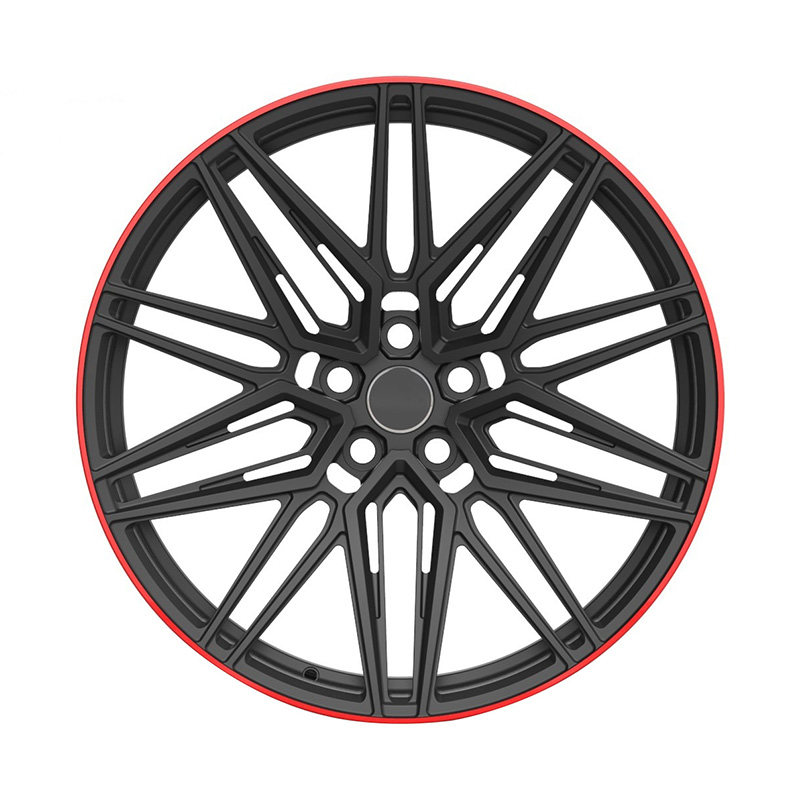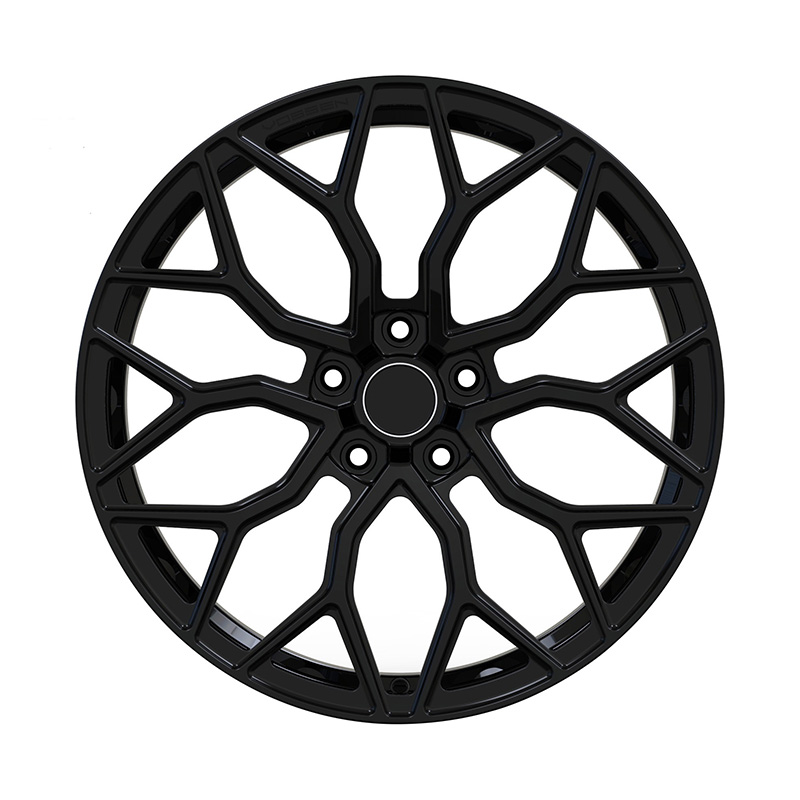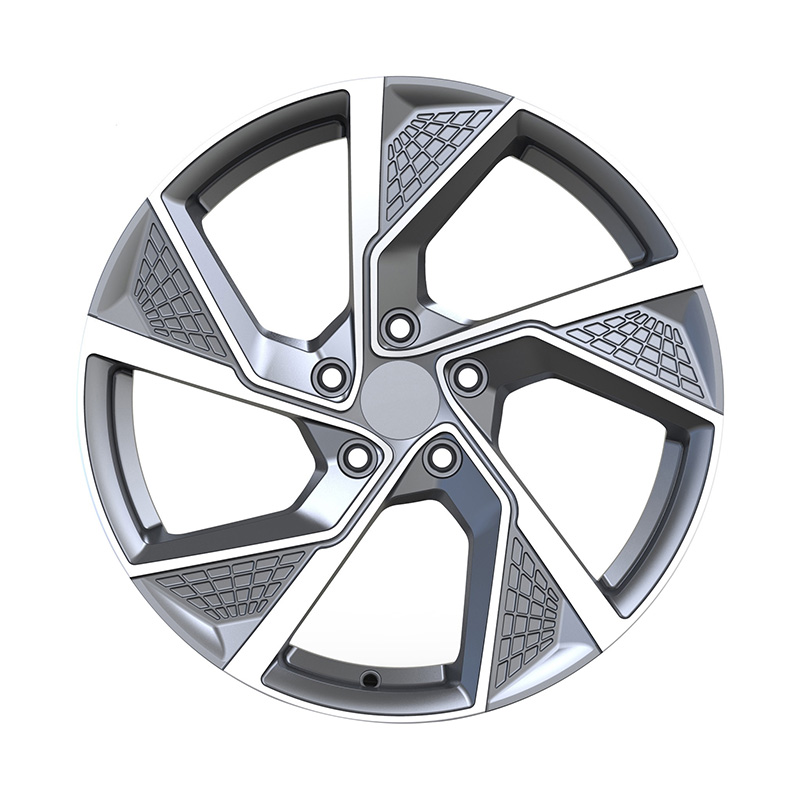
Submit
Submit feedback
How Does Monoblock Forged Wheel Design Affect the Drag Coefficient of Modified Vehicles?
2025-08-29
Understanding Drag Coefficient in Vehicles
The drag coefficient (Cd) quantifies the resistance a vehicle encounters as it moves through air. A lower drag coefficient means the vehicle can move more efficiently, requiring less power to maintain speed and improving fuel economy or performance. Factors such as body shape, frontal area, ride height, and airflow disruption from underbody components and wheels influence the Cd value. Although wheels account for a smaller portion of the drag, their contribution is far from negligible—especially in high-speed or performance applications.
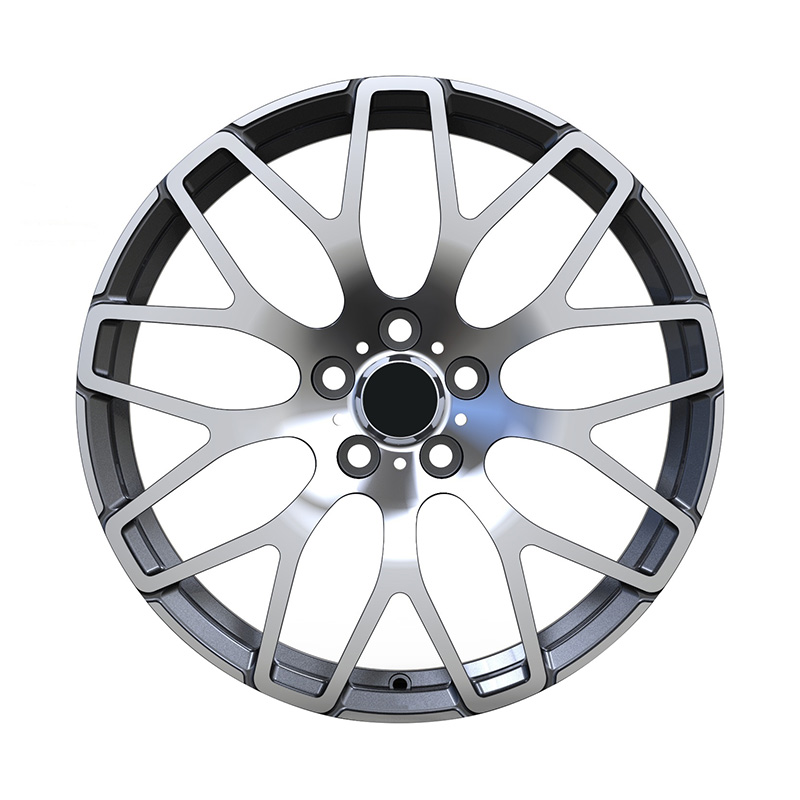
The Aerodynamic Role of Wheel Design
A wheel's design influences how air flows around and through it. Traditional multi-spoke or mesh-style wheels may look appealing, but they often create turbulent airflow, especially at higher speeds. In contrast, monoblock forged wheels are frequently engineered with aerodynamic principles in mind. Their designs may include smoother surfaces, thinner spokes, and optimized spoke angles that promote cleaner air passage and reduce vortex generation. This streamlining directly affects the wheel's drag contribution and, by extension, the overall vehicle drag coefficient.
How Monoblock Forged Wheels Affect Drag
Reduced Turbulence: Many monoblock forged wheels feature a minimalistic design with fewer, flatter spokes and deeper pockets that help channel airflow more predictably. This reduces wheel-induced turbulence in the wheel wells and along the sides of the vehicle, decreasing aerodynamic drag.
Lower Rotational Resistance: Although not a direct component of drag coefficient, lower rotating mass from lightweight monoblock forged wheels enables more stable vehicle dynamics and less energy needed to maintain speed. The cleaner interaction between the wheel and the road surface helps keep the aerodynamic profile consistent.
Enhanced Brake Cooling with Less Air Resistance: Some forged wheel designs incorporate strategically placed openings that allow for brake ventilation while still maintaining low drag characteristics. This balance is especially important in modified vehicles with upgraded brake systems that generate more heat.
Flush Fitment and Offset Optimization: Custom monoblock forged wheels often provide precise fitment options. When paired correctly with the vehicle body, they reduce the wheel protrusion beyond the fender, minimizing disruption to laminar airflow and improving the drag coefficient.
Real-World Impact on Modified Vehicles
In the realm of motorsports and street-tuned vehicles, every bit of aerodynamic efficiency matters. A modified car fitted with monoblock forged wheels designed for low turbulence can see small but measurable reductions in drag—typically on the order of a few hundredths in Cd value. While this may sound negligible, at high speeds, this translates to real performance gains in terms of top speed, acceleration, and fuel economy.
Moreover, the cumulative benefits of monoblock forged wheels—lightweight construction, high structural integrity, and optimized aerodynamics—can enhance the vehicle's overall performance envelope. When combined with other aerodynamic upgrades such as diffusers, splitters, and side skirts, these wheels contribute to a more cohesive and efficient design.
The use of monoblock forged wheels in modified vehicles goes beyond aesthetics and weight savings. Their design has a direct, though subtle, impact on a vehicle’s drag coefficient. By reducing airflow disruption and contributing to better vehicle stability, these wheels help achieve improved performance metrics. As automotive engineering continues to emphasize aerodynamic refinement, the role of forged wheel design in reducing drag will become even more relevant for both enthusiasts and manufacturers alike.
recommend products
-
Zhenlun Multi Spokes Split Monoblock Forged Wheels Bronze With Silver Lip Edge
-
Zhenlun Matt Black With Red Lip Monoblock Forged Wheels
-
Zhenlun Gloss Black Monoblock Forged Wheels Gloss Black For Sports Car
-
Zhenlun Monoblock Forged Wheels Lightgrey With Machined Face
-
Zhenlun Monoblock Forged Wheels Gloss Black Dense Multi Spoke

 0
0

